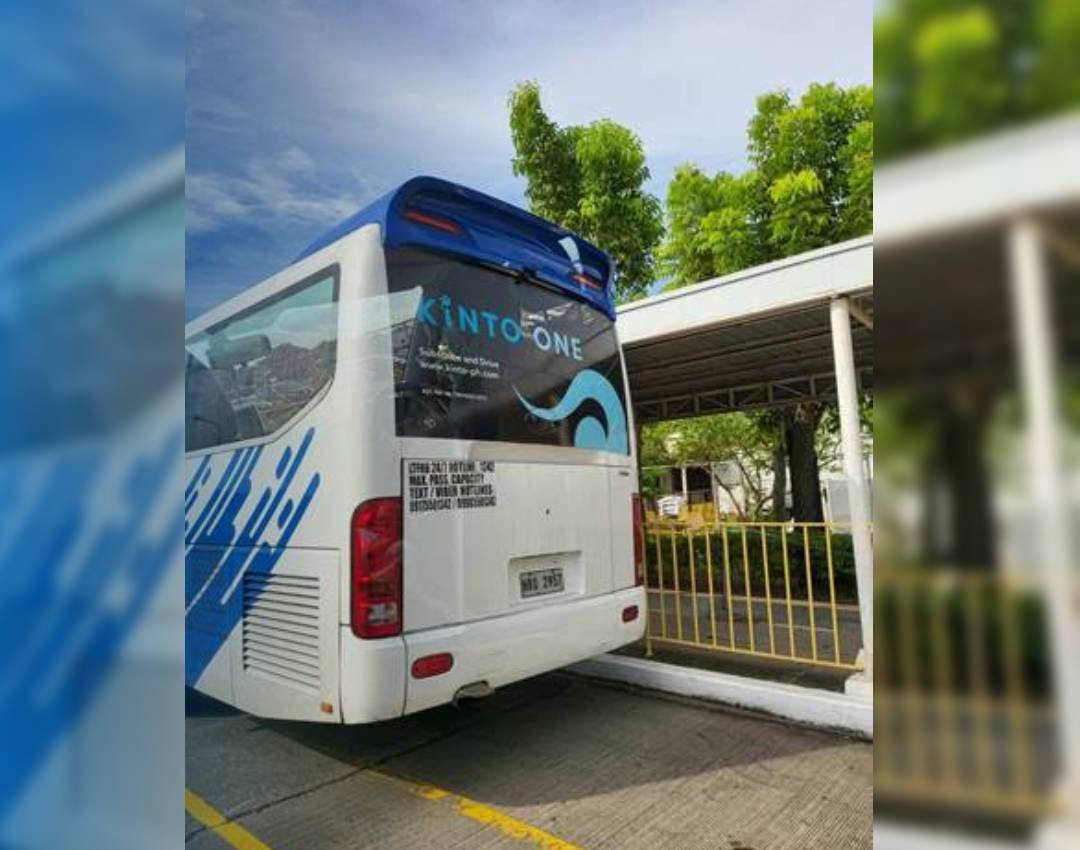Why Select Transit Advertising Philippines for Your Brand name
Why Select Transit Advertising Philippines for Your Brand name
Blog Article
How Transit Advertising And Marketing Can Transform Public Transport Spaces Into Dynamic Advertising Platforms
Transportation advertising holds considerable possibility to redefine public transportation rooms right into dynamic advertising and marketing platforms that engage and educate. By using cutting-edge formats such as interactive kiosks and electronic display screens, brands can not only get to a diverse audience however also enhance the total commuter experience. This method develops a distinct chance for brand names to connect with customers in a setup that is frequently forgotten. As we discover the multifaceted benefits and developing methods of transportation advertising and marketing, it raises the concern of exactly how this improvement can redefine our communications with both brands and the urban environment.
Benefits of Transportation Advertising And Marketing

Furthermore, transportation marketing is highly cost-efficient compared to typical media. It allows marketers to achieve high impacts at lower expenses, taking full advantage of roi. The captive target market of commuters supplies an opportunity for brand names to share their messages to individuals that are frequently responsive throughout their travel times.
In addition, the dynamic nature of transit advertising and marketing allows projects to be upgraded frequently, making sure that messaging remains prompt and relevant. This versatility can be crucial in reacting to market fads or promotional events, maintaining the brand name top-of-mind for consumers. Finally, the prevalent visibility of transportation advertising contributes to brand name recall; duplicated direct exposure within familiar travel contexts strengthens brand name recognition and promotes customer loyalty, eventually driving sales and boosting brand track record.
Kinds Of Transportation Advertising And Marketing
Public transport systems offer different layouts for advertising, each catering to different advertising strategies and audience engagement methods. One popular type is outside bus and train wraps, which cover the entire car and produce a mobile billboard impact, enabling for high exposure in metropolitan environments. These wraps can capture attention as they traverse active roads, getting to a varied target market.
Another popular format is indoor marketing, which includes posters, digital displays, and advertisements on transit seats. These placements involve travelers during their trip, enhancing brand messaging in a confined room. Digital shows, specifically, provide the advantage of vibrant material, allowing advertisers to upgrade messages in real-time.
Station advertising is also substantial, including posters, banners, and interactive booths within transit terminals. These advertisements leverage foot website traffic and can target certain demographics based on place.
Lastly, advertising partnerships with transportation authorities can result in unique projects, such as themed transit experiences or occasions, improving the total interaction with travelers. Each sort of transportation marketing offers distinctive benefits, enabling brand names to tailor their strategy to successfully reach their target audience within the general public transport environment.
Engaging Travelers Successfully
Commuters are increasingly flooded with marketing messages throughout their daily journeys, making it necessary for brands to engage them in innovative methods. To record attention in this congested room, advertisers should prioritize creative thinking and relevance. Utilizing distinctive visuals and concise messaging can substantially boost the likelihood of engagement.
Interactive aspects, such as QR codes or enhanced fact attributes, can additionally transform static ads into immersive experiences, promoting a much deeper link with the target market. Brand names should focus on dealing with travelers' demands and passions, tailoring messages to resonate with their way of life, whether via promotions for local services or solutions made to boost their travelling experience.
Moreover, timing plays an important function; tactically positioning advertisements during height travelling hours can take full advantage of presence and influence. Involving travelers properly also involves leveraging social networks combination, allowing passengers to share their promotions or experiences directly from transit platforms, thus enhancing brand reach.
Fundamentally, reliable involvement rests on recognizing the traveler journey and creating engaging, interactive, and pertinent marketing experiences that not just catch interest but additionally drive activity and loyalty. By doing so, brand names can transform public transport right into a dynamic advertising system that resonates with its audience.

Measuring Marketing Impact
Just how can brand names accurately assess the performance of their advertising and marketing campaigns en route atmospheres? Measuring the impact of transportation marketing requires a complex method that combines qualitative and quantitative metrics. One widespread technique is tracking engagement with mobile analytics, where brand names can examine foot traffic patterns and app communications before, throughout, and after campaigns.
Surveys can provide useful understandings right into brand name recall and consumer view, allowing brands to gauge exactly how well their messages reverberate with commuters. Furthermore, keeping track of social media sites engagement pertaining to details campaigns can disclose changes in public perception and brand conversation.

Furthermore, working together with transportation companies can enhance discover here measurement precision, as they commonly have thorough group information on ridership fads. By integrating these approaches, brand names can establish a thorough understanding of their advertising effectiveness, making sure that their campaigns not just reach however likewise influence their target audiences successfully.
Future Fads in Transit Marketing
A substantial change is expected in transportation marketing as technical developments and click site changing consumer behaviors improve the landscape. Transit Advertising Philippines. The assimilation of interactive media and electronic screens is expected to enhance involvement, permitting brand names to provide vibrant web content that reverberates with diverse target markets. As mass transit systems accept wise technology, marketers will leverage real-time information analytics to customize messages based on guest demographics and habits
Furthermore, augmented fact (AR) is positioned to revolutionize the means travelers interact with promotions. By supplying immersive experiences, AR can transform an ordinary journey right into an appealing narrative that catches attention and cultivates brand commitment. This advancement will likely encourage marketers to create even more experiential campaigns that drive customer interaction.
Sustainability is another essential trend affecting transit advertising and marketing. As environmental awareness grows, brand names will increasingly look for to align with eco-friendly techniques, utilizing lasting products and promoting environment-friendly campaigns within their projects.
Conclusion
To conclude, transit marketing offers considerable benefits by enhancing brand presence and engaging a captive target market. Via different formats, such as outside covers and digital screens, it transforms public transport into a dynamic advertising and marketing system. Effective interaction approaches and robust measurement methods additionally amplify its impact. As patterns progress, the possibility for innovative interactions between commuters and brands is poised to grow, making sure that transportation advertising and marketing continues to be a crucial component of modern advertising and marketing strategies.
Transportation marketing holds considerable capacity to redefine public transportation spaces right into dynamic advertising and marketing systems that involve and inform. The prevalent visibility of transportation marketing contributes to brand name recall; duplicated exposure within acquainted traveling contexts strengthens brand understanding and fosters customer loyalty, ultimately improving and driving sales brand track record.
Exactly how can brand names precisely evaluate the effectiveness of their advertising projects in transit settings?In final thought, transit advertising and marketing provides see this significant benefits by improving brand name exposure and involving a captive audience. Transit Advertising Philippines. As fads develop, the potential for cutting-edge interactions in between brand names and travelers is poised to expand, guaranteeing that transportation marketing continues to be a crucial component of contemporary marketing methods
Report this page